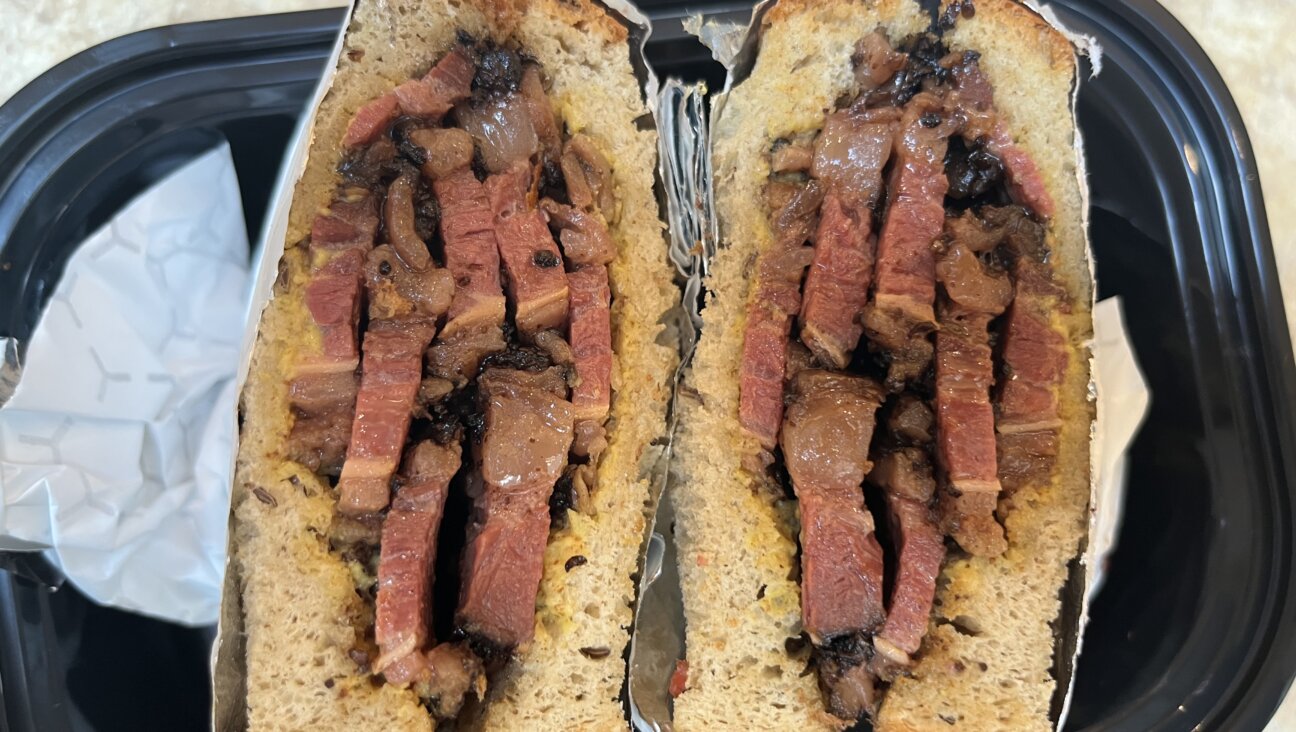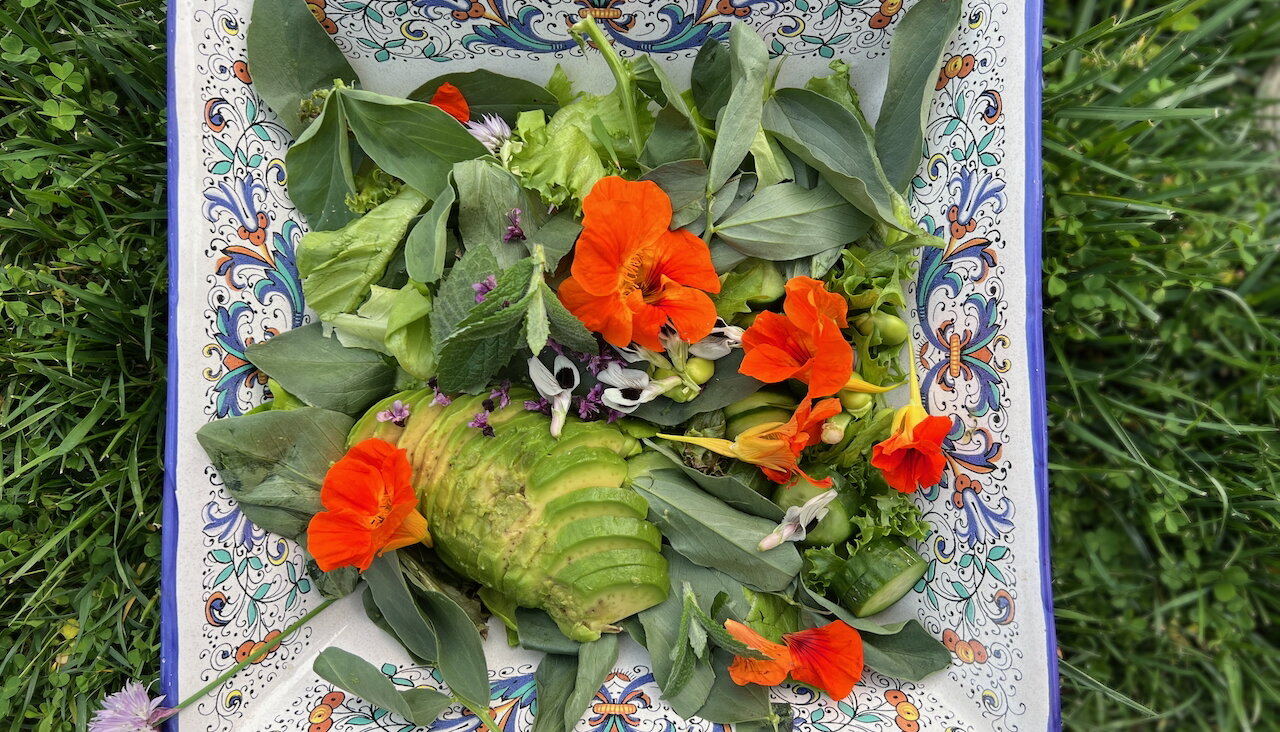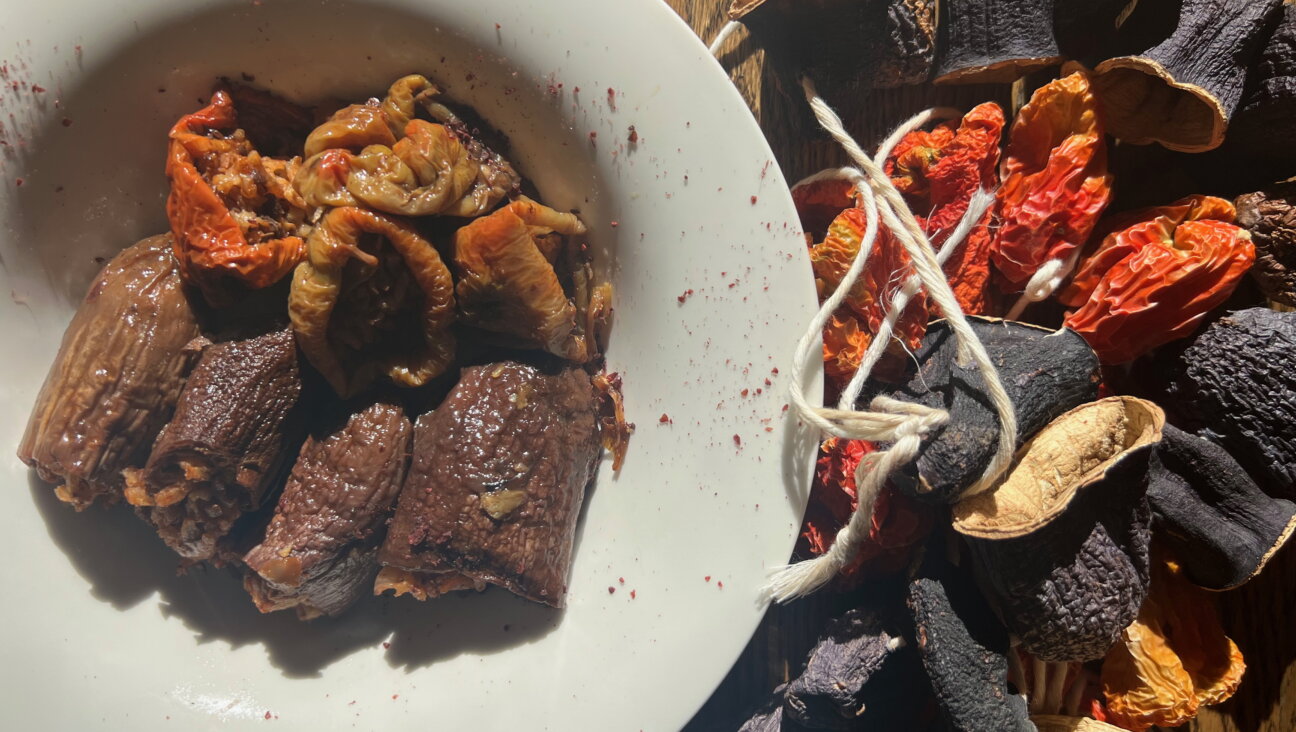MyPlate and the Seder Plate — Guiding Our Food Choices

Image by USDA
Since the earliest days of colonial America, our government has been involved in guiding consumer food choices. Through graphics, public service announcements, and food labeling, the government has been in the business of helping us decide what and how much to eat. Last Thursday, the USDA and First Lady Michelle Obama continued this tradition by unveiling MyPlate.
MyPlate attempts to take the mystery out of choosing healthy portions for your meal. Previous images, including the most recent food pyramid guided consumers towards how many servings of each food group they needed to consume each day. The earlier graphic representations, though, were confusing and unclear. As the First Lady explained during the launch event, “That’s why I like the MyPlate approach so much, because when it comes to eating, what’s more useful than a plate? What’s more simple than a plate? This is a quick, simple reminder for all of us to be more mindful of the foods that we’re eating.”
The MyPlate graphic brings to mind another famous symbolic representation of food on a plate, the Passover Seder plate. For thousands of years Jews have been passing along tradition around the Seder table, guided by the imagery of the Seder plate. And while the traditional Seder meal doesn’t necessarily promote healthy eating, the plate is a visual and visceral guide that uses food to stimulate discussion about ritual and tradition. It holds the key to the symbols of Passover. It is the central element to our celebration, and it helps us to understand our history and visualize our future.
MyPlate has a similar opportunity. Like the Seder plate, it is a powerful visual representation of food values, and it will help Americans to easily remember how much food they should be eating of each food category. The First Lady described how, as a mother, she is constantly bombarded with different messages, and she thought it was important that any new symbol be as simple as possible. “…As long as they’re eating proper portions, as long as half of their meal is fruits and vegetables alongside their lean proteins, whole grains and low-fat dairy, then we’re good. It’s as simple as that.”
While people probably won’t divide their portions into precise quarters on their plates, MyPlate has the power to be an important educational tool. When we begin to see it on our cereal boxes, in our text books, and in advertising, the message will sink in, especially for children. Like the Seder Plate, MyPlate can stimulate discussion about the food that is on our plates, and begin to help Americans live healthier lives.
Daniel Infeld is the Food Programs Fellow at Hazon, and a graduate of Clark University. Daniel lives in Brooklyn, and he loves spending time with friends and loved ones around the Shabbat table, and he is looking forward to spending time with you at the Hazon Food Conference
The Forward is free to read, but it isn’t free to produce

I hope you appreciated this article. Before you go, I’d like to ask you to please support the Forward.
Now more than ever, American Jews need independent news they can trust, with reporting driven by truth, not ideology. We serve you, not any ideological agenda.
At a time when other newsrooms are closing or cutting back, the Forward has removed its paywall and invested additional resources to report on the ground from Israel and around the U.S. on the impact of the war, rising antisemitism and polarized discourse.
This is a great time to support independent Jewish journalism you rely on. Make a gift today!
— Rachel Fishman Feddersen, Publisher and CEO
Support our mission to tell the Jewish story fully and fairly.
Most Popular
- 1

Culture Cardinals are Catholic, not Jewish — so why do they all wear yarmulkes?
- 2

Fast Forward Ye debuts ‘Heil Hitler’ music video that includes a sample of a Hitler speech
- 3

News School Israel trip turns ‘terrifying’ for LA students attacked by Israeli teens
- 4

Fast Forward Student suspended for ‘F— the Jews’ video defends himself on antisemitic podcast
In Case You Missed It
-

Opinion This week proved it: Trump’s approach to antisemitism at Columbia is horribly ineffective
-

Yiddish קאָנצערט לכּבֿוד דעם ייִדישן שרײַבער און רעדאַקטאָר באָריס סאַנדלערConcert honoring Yiddish writer and editor Boris Sandler
דער בעל־שׂימחה האָט יאָרן לאַנג געדינט ווי דער רעדאַקטאָר פֿונעם ייִדישן פֿאָרווערטס.
-
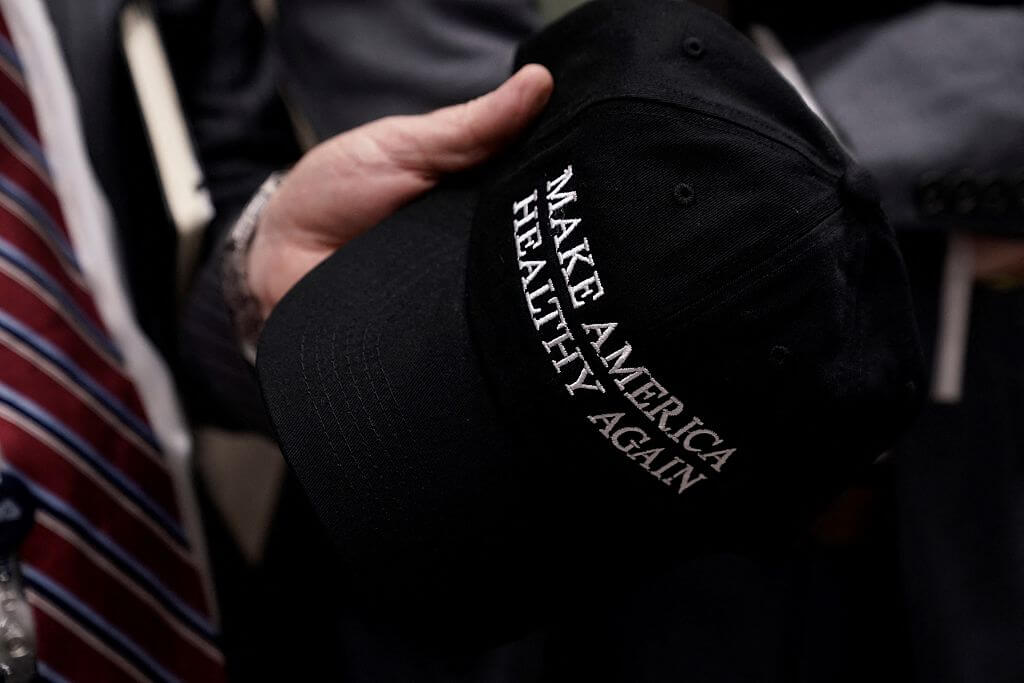
Fast Forward Trump’s new pick for surgeon general blames the Nazis for pesticides on our food
-
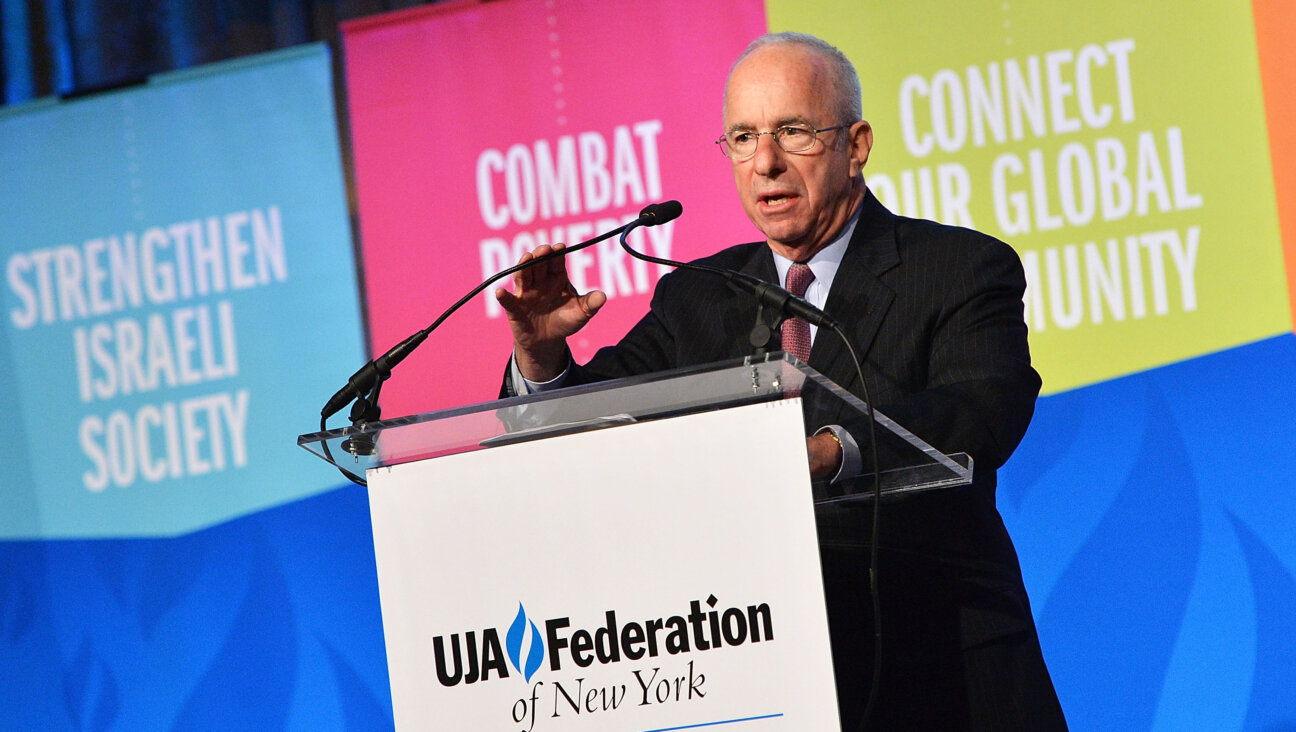
Fast Forward Jewish feud over Trump escalates with open letter in The New York Times
-
Shop the Forward Store
100% of profits support our journalism
Republish This Story
Please read before republishing
We’re happy to make this story available to republish for free, unless it originated with JTA, Haaretz or another publication (as indicated on the article) and as long as you follow our guidelines.
You must comply with the following:
- Credit the Forward
- Retain our pixel
- Preserve our canonical link in Google search
- Add a noindex tag in Google search
See our full guidelines for more information, and this guide for detail about canonical URLs.
To republish, copy the HTML by clicking on the yellow button to the right; it includes our tracking pixel, all paragraph styles and hyperlinks, the author byline and credit to the Forward. It does not include images; to avoid copyright violations, you must add them manually, following our guidelines. Please email us at [email protected], subject line “republish,” with any questions or to let us know what stories you’re picking up.







